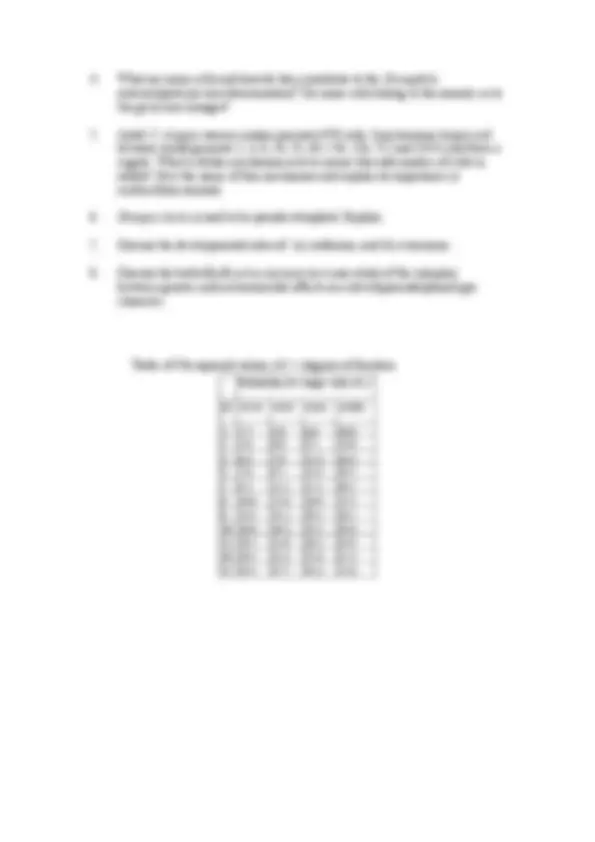



Study with the several resources on Docsity

Earn points by helping other students or get them with a premium plan


Prepare for your exams
Study with the several resources on Docsity

Earn points to download
Earn points by helping other students or get them with a premium plan
Community
Ask the community for help and clear up your study doubts
Discover the best universities in your country according to Docsity users
Free resources
Download our free guides on studying techniques, anxiety management strategies, and thesis advice from Docsity tutors
Information about an exam in evolutionary developmental zoology held in autumn 2008/2009. It includes the exam code, duration, instructions, and questions covering topics such as species concepts, genetics, maximum parsimony, nurse cells, and developmental roles of cadherins and a hormone. Students are required to answer essay-style questions and perform calculations.
Typology: Exams
1 / 2

This page cannot be seen from the preview
Don't miss anything!


Exam Code(s) 3BS, 3MR Exam(s) Third Undenominated Science, Third Marine Science Module Code(s) Z Module(s) Evolutionary Developmental Zoology Paper No. I External Examiner(s) Professor C. Holland Internal Examiner(s) Professor W. Arthur *Dr. G. McCormack Dr. U. Frank Instructions: Answer 4 questions Duration 3 hrs No. of Pages 2 Department(s) Zoology